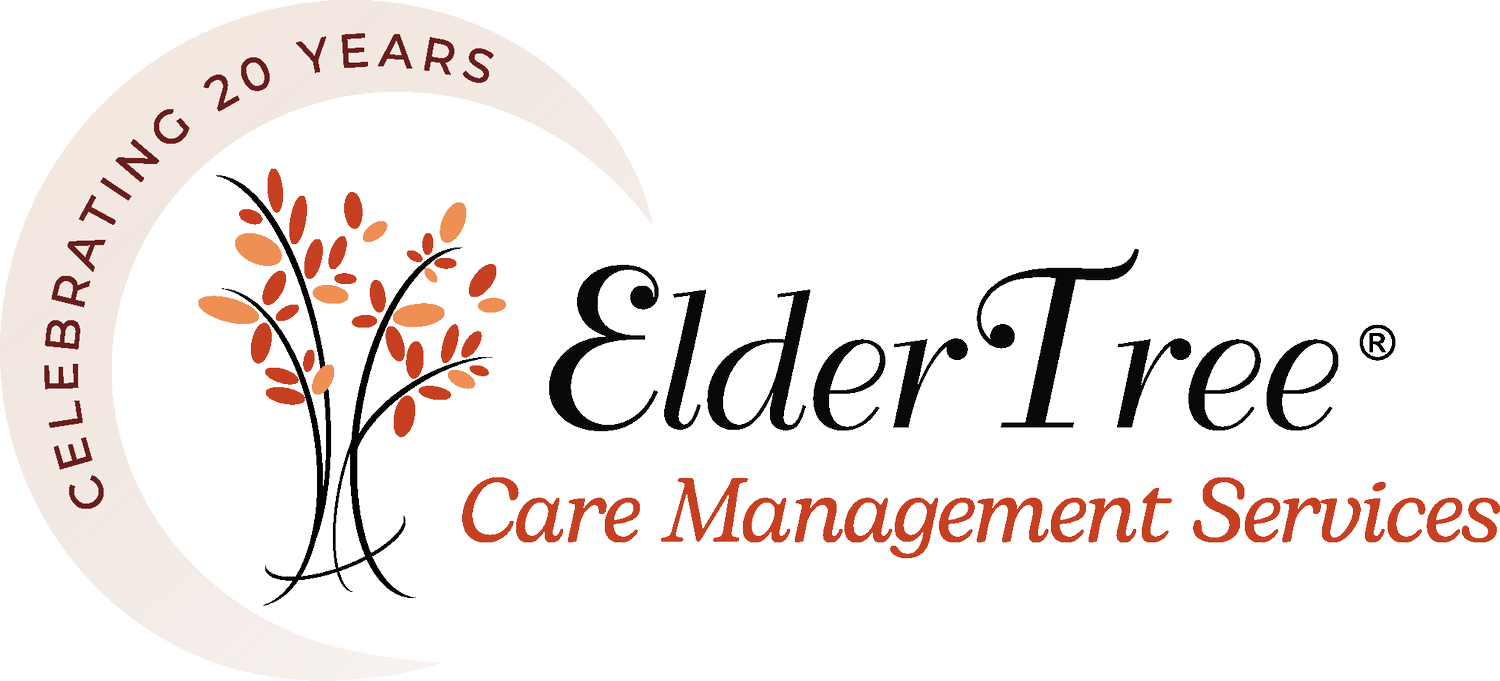Navigating the Maze of Residential Care: What are the Options?
How do I know what type of care facility is right for my Mother?
Years ago, seniors had one option for long term care – a standard nursing home with shiny linoleum floors and hospital-style rooms. My, how times have changed! These days, a staggering variety of residential options are available for older adults, from continuing care communities to secure memory units and small residential group homes. In the search for a perfect home for Mom, the choices can be overwhelming.
Planning ahead is important, as each facility has its own personality, and waiting lists are common. Be sure to learn exactly what services are provided, and what are not. Well-meaning families often select the residential option that allows the most freedom and independence. This can lead to disaster when their loved one spends his time struggling to keep up physically or cognitively in a setting that does not match his needs and abilities.
The standard residential options for older adults include:
Independent Living
With the Baby Boomer generation reaching their senior years, active senior living communities are popping up everywhere. These communities offer cottage style homes or apartments with an abundance of activities and resources available for the relatively healthy older adult. Residents should be able to care for themselves independently and initiate activity on their own. These communities are not a good fit for the individual with physical or cognitive impairment who needs substantial support.
Assisted Living
There are huge variances among assisted living facilities and it is important to be aware of what services each provides. All assisted living facilities offer help with personal care, bathing, toileting and mealtime. And, all provide structured activities, as well as three meals a day. Some assisted living facilities have an all-inclusive rate for care, while others start with a base rate and have a price attached to each level of care provided. Be aware of the facility’s philosophy of care. Some strive to provide care throughout the remainder of the resident’s life, even offering hospice care within the facility. Others prefer to move the individual to skilled nursing care when care needs become more challenging. There are pros and cons to both options. Staffing in assisted living is about 1 staff member to every 10 residents. These facilities are typically private pay, although limited Medicaid waivers and Auxiliary Grants are available in some states for those on Medicaid.
Secure Memory Care
For the individual with dementia, a memory care unit can be a wonderful option. These communities may provide secure indoor and outdoor walking spaces, activities designed for those with memory impairment, and specially trained staff to help the resident find his way and feel at home in the facility. As with all assisted living facilities, secure memory units are typically private pay.
Small Group Home
Small residential homes house 6 – 12 seniors, with two staff on duty at all times. The environment is more home-like, and the resident receives more individual attention than in a larger facility. The downside is that there may be less room to walk and fewer structured activities. However, in recent years, many of these homes have become more elaborate and spacious, offering services equivalent to the larger facilities. Small residential homes have the same licensure requirements as standard assisted living facilities.
Skilled Nursing Care
In many cases, skilled nursing facilities look much the same as they have for years. These facilities are used for rehabilitation following a hospital stay or as a residential option requiring a higher level of nursing care. Skilled nursing facilities are the single residential option for individuals on Medicaid. The staff to resident ratio in a skilled nursing facility is higher than with assisted living, and all necessary care is provided. Skilled nursing facilities offer all meals, and structured activities throughout the day.
Continuing Care
These communities are often quite large and offer several levels of care on the same campus, from independent apartments to skilled nursing care. The benefit of continuing care is that the resident can move seamlessly from one level of care to another as his needs change. In addition, couples can live on the same campus, each receiving a different level of care, but remain relatively close to each other. Payment can vary dramatically. Some continuing care communities require a large payment up-front, while others accept monthly fees.
The search for residential care for a loved one can be challenging, but worth the effort. Start the plan for care early, and don’t hesitate to get on waiting lists when you find places that meet your needs.

